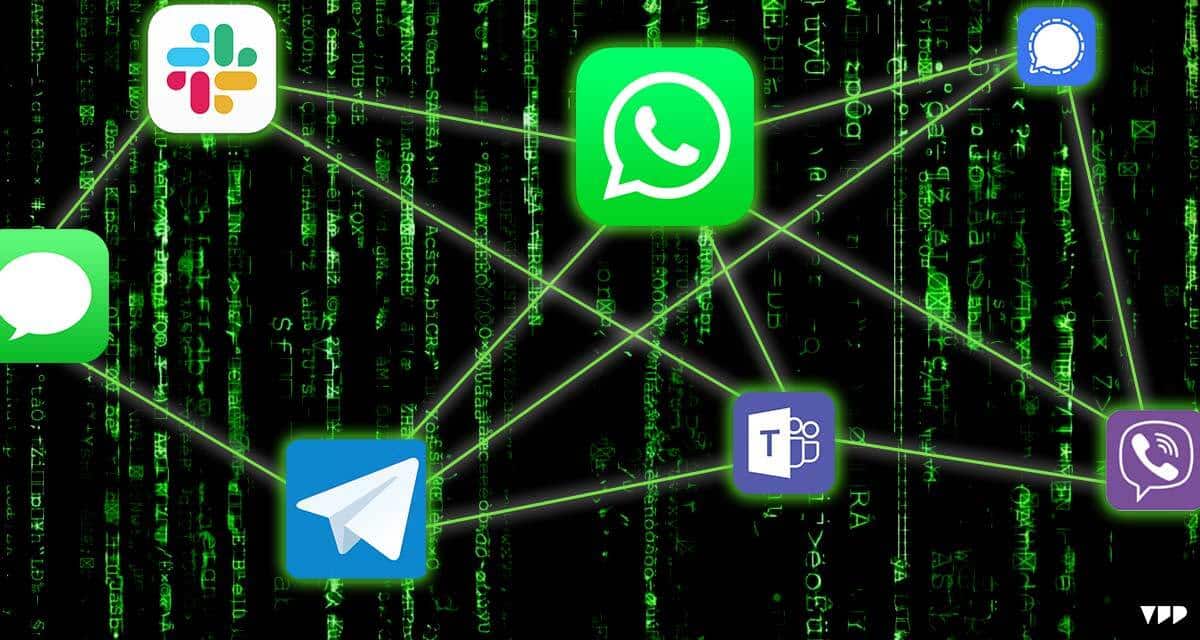Matrix wants to bring interoperability to messaging
The Future. 2022 has been a good year for Matrix, the open standards-based communication protocol that “bridges” together different messaging platforms. While the technology faces security issues and will probably be challenged by Big Tech companies, it could reduce the power of companies like Meta, Snap, or Apple by ending their stranglehold on digital communication.
Building Bridges
Matrix makes it possible for people to communicate across platforms they previously couldn’t. For example, a WhatsApp user could message someone on Signal, iMessage, or Slack.
- Matrix’s most popular commercial implementation —called Element — allows organizations to host its open-source, end-to-end encrypted messaging service on their own infrastructure, circumventing security concerns of third-party data storage companies.
- Interoperability can also save lots of time and headaches. For example, Germany’s digital healthcare system is moving to Matrix so that hospitals, clinics, and insurance companies can communicate seamlessly.
- The current lack of interoperability across platforms makes it hard for big organizations — like governments or banks — to store and track their data. This poses problems for both data security and transparency because it’s hard (technically and legally) to access information sent over private messaging platforms like WhatsApp. Matrix would fix this.
- But Matrix also poses serious security risks by messing with end-to-end encryption. Because different platforms deploy different encryption systems, messages sent between them have their encryption compromised. Experts believe there’s no way to fix this issue with cross-platform comms.
Matrix’s user base doubled this year to at least 80.3 million users.
Can we do it?
Unlike most popular messaging platforms, Matrix isn’t made to force people to stick with one social network or communication platform — which is exactly why Big Tech might try to stop them. But with public and regulatory opinion increasingly hostile to Big Tech’s control over communications, those companies might have difficulty pushing back on Matrix.
Two pieces of legislation in the global pipeline — Europe’s Digital Markets Act (DMA) and the US’s ACCESS Act — aim to force interoperability between digital platforms the way Matrix does. So it looks like we should prepare for both the benefits and security risks of interoperability.
TOGETHER WITH CANVA
No design skills needed! 🪄✨
Canva Pro is the design software that makes design simple, convenient, and reliable. Create what you need in no time! Jam-packed with time-saving tools that make anyone look like a professional designer.


